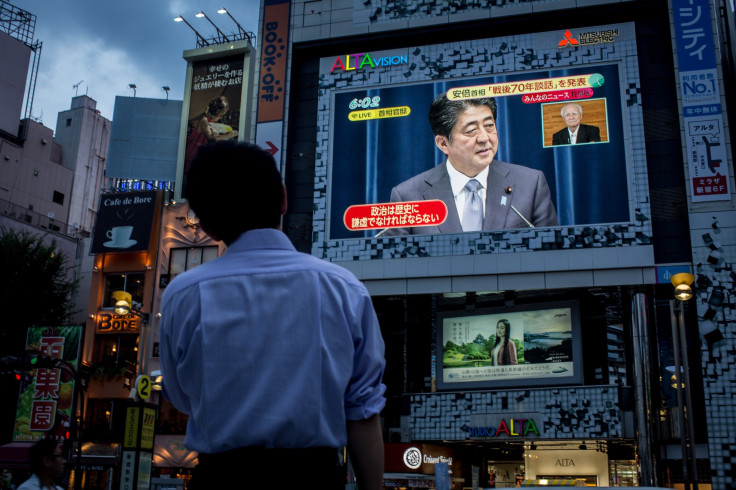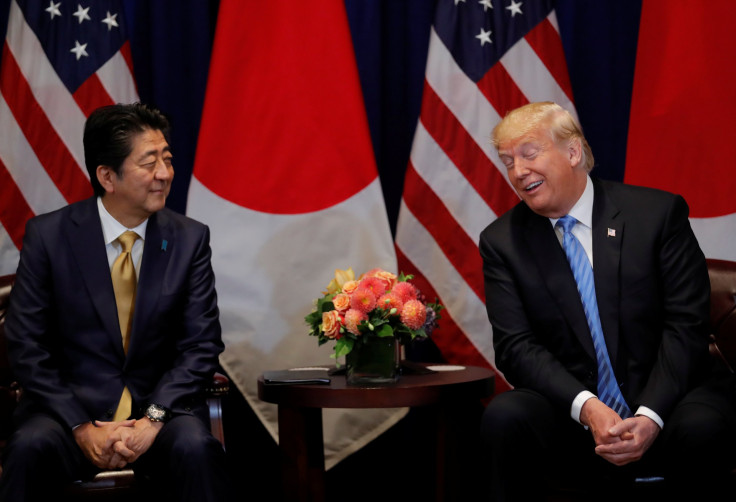WW II Reloaded In Pacific: Japan's New Amphibious Brigade Hits The Beaches

Japanese troops and U.S. Marines, along with Australian troops joined forces in a military exercise called Exercise Talisman Sabre, an event held every two years in Australia. For the first time, Japan joined the exercises with a new amphibious brigade that was showcased with two beach landings and other activities between the three allies.
The staged assault on the beaches of Bowen on Australia’s east coast featured six Japanese BAE Systems, AAV-7 amphibious assault vehicles, 120mm mortars and two Kawasaki CH-47JA Chinook heavy-lift helicopters. Over 330 personnel of Japan’s Amphibious Rapid Deployment Brigade (ARDB) were also present at the exercise.
A total of 34,000 people joined in the activity including contingents from New Zealand, Canada and the United Kingdom, in addition to the three main participants. The purpose of the exercise may have been to demonstrate how the three countries would deal with China, whose military activities in Asian waters have raised some eyebrows in the global military community.
The irony of Japan joining the exercise as an ally of the USA was not lost on the media and other observers. The countries were bitter enemies during World War II after the Japanese attack on Pearl Harbor and brutal battles on Pacific islands like Saipan, Okinawa and Iwo Jima.
War time atrocities were committed by both sides and the battles on Iwo Jima and Okinawa cost the lives of nearly 20,000 Americans, 115,000 Japanese and 94,000 Okinawa civilians, many of whome committed suicide after Japanese propaganda had convinced them that the American soldiers would torture them, rape the women and murder them if they were captured.
After Japan’s defeat in WWII, they were prevented from having any military capability that was deemed as offensive. The amphibious brigade, Japan’s first active marine unit since the war, would be used as a defensive force in case China makes a move to take the Senkaku Islands located between Taiwan and Japan in the East China Sea. The island-hopping brigade would lead the charge against any invasion.
Japan Prime Minister Shinzō Abe is attempting to formalize Japan’s self defense forces as a military outfit, but he will be hard pressed to do so with the largely pacifist country that requires a 2/3 supermajority to proceed with a national referendum. He was able to lift the ban preventing troops from engaging abroad in 2014, but that caused some protests.
China and North Korea’s behavior will likely determine the future role of Japan’s military considered the fourth most powerful non-nuclear or conventional force with the ninth largest budget despite the limitations place on it after WWII.

© Copyright IBTimes 2024. All rights reserved.





















